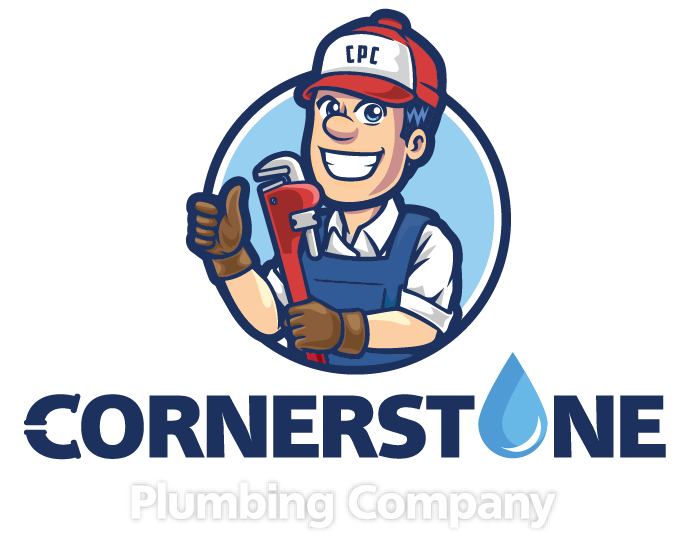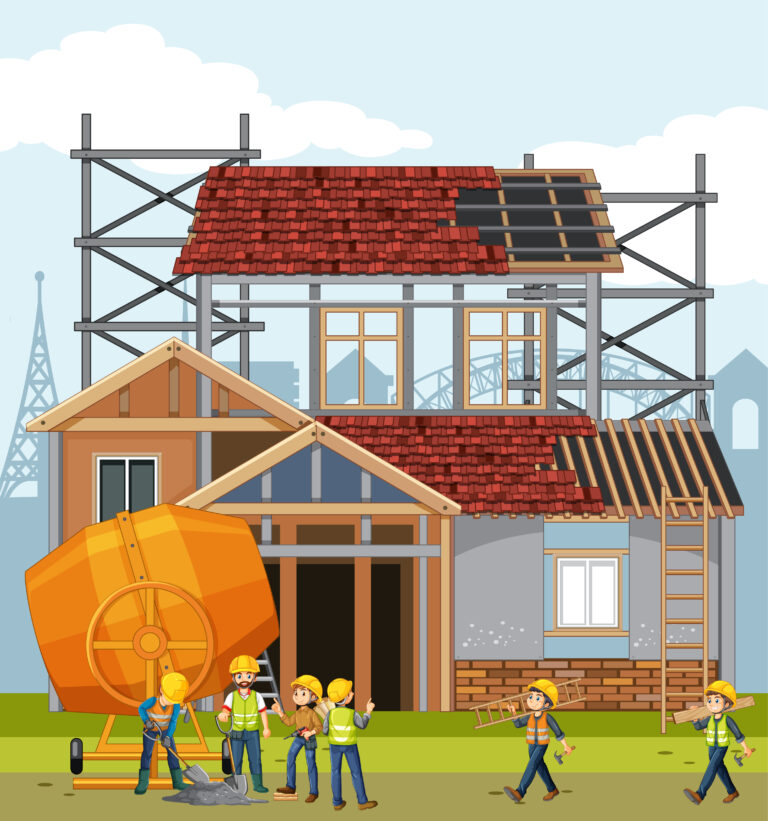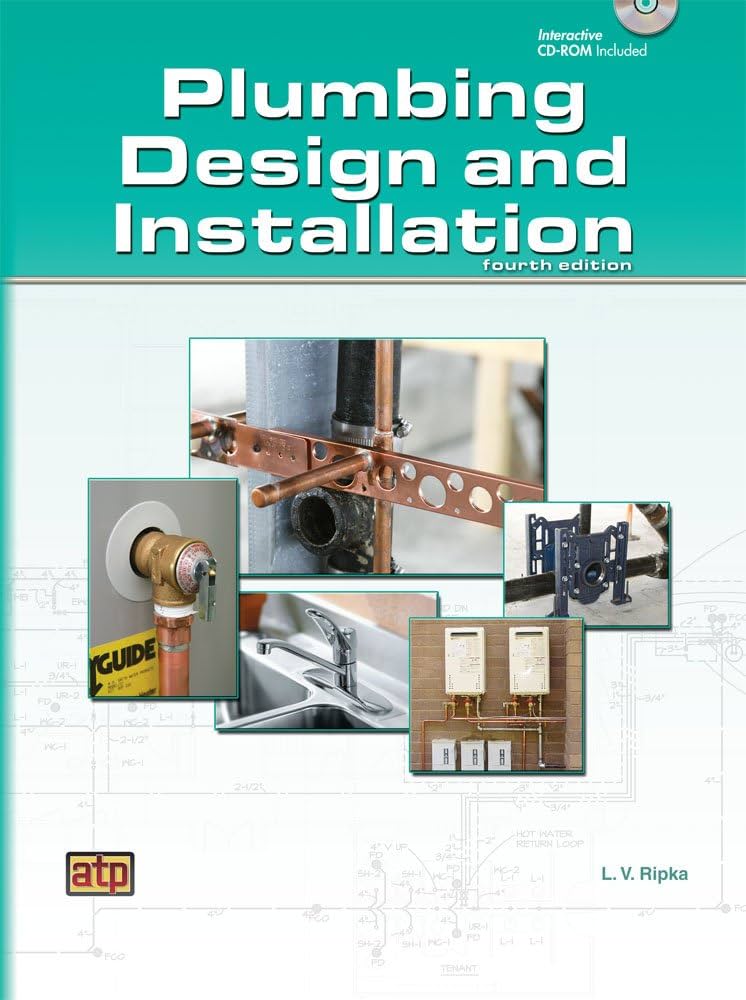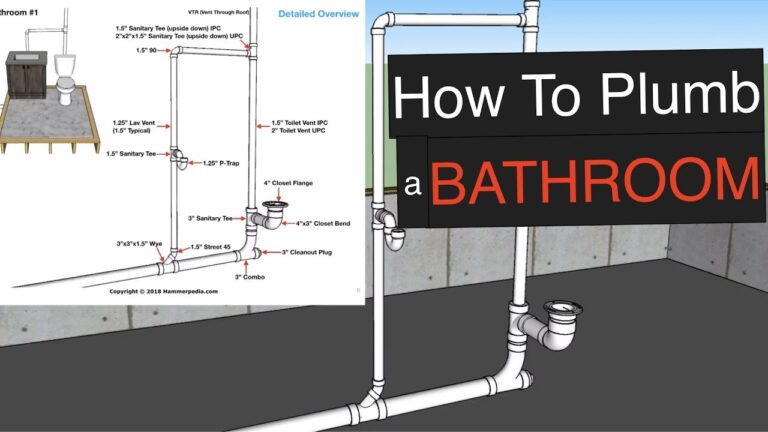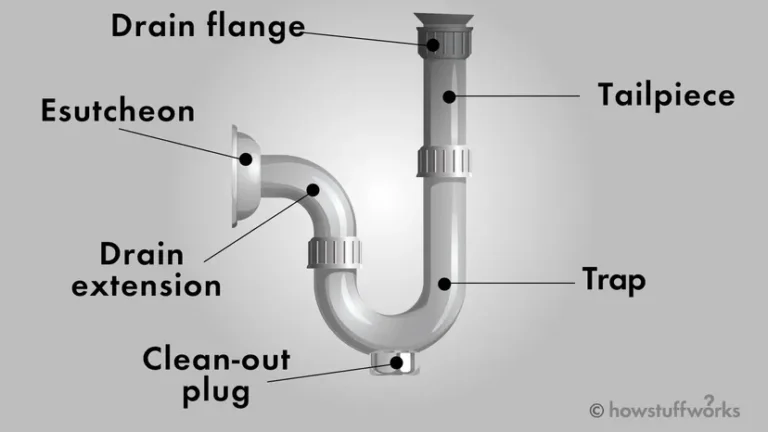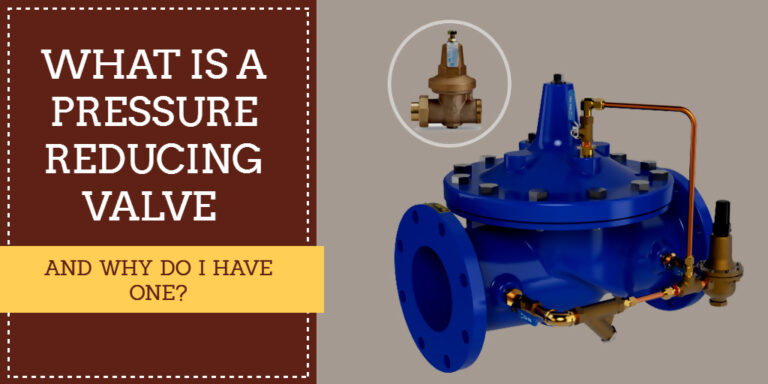Tankless Water Heater Plumbing Diagram
A tankless water heater plumbing diagram is a visual guide to understanding the components and connection points of a tankless water heater installation. It shows how to properly connect the water heater to the plumbing system, including the water lines, cold water inlet, hot water outlet, and venting. It also provides an overview of the components and their respective connection points, as well as safety tips for proper installation. With the help of a tankless water heater plumbing diagram, homeowners can easily and accurately install their tankless water heaters.
Overview of Tankless Water Heater Systems
- Tankless water heaters are becoming increasingly popular for residential and commercial use due to their energy efficiency and low maintenance costs. Unlike traditional tank-style water heaters, tankless models do not utilize a storage tank, instead heating water on demand when it’s needed. This significantly reduces energy costs and provides a more consistent temperature than tank-style water heaters. Plumbing diagrams for tankless water heaters can be complex, but understanding the basics can help make installation and maintenance much simpler.
- Tankless water heater systems use a series of pipes and valves, usually leading from the main water line, to connect to the water heater. This allows the water to be heated on demand, rather than being stored in a tank. The pipes and valves also keep the heated water circulating so that it is always hot when needed. Gas-powered tankless water heaters are usually connected to a gas line, while electric tankless models are connected to an electric breaker box. Plumbing diagrams for both types will usually include a detailed breakdown of the various components and how they are connected.
- In addition to the plumbing diagram, it is important to understand the safety requirements associated with tankless water heaters. This includes ensuring that all pipes, valves, and connections are properly sealed and installed, as well as checking that the heater is installed at the proper height. Regular maintenance and inspection should also be carried out to ensure that the system is working correctly. By understanding the plumbing diagram and following the necessary safety precautions, tankless water heaters can provide an efficient and cost-effective solution for any home or business.
Benefits of Installing a Tankless Water Heater
Tankless water heaters are becoming increasingly popular due to their various benefits. These systems are more energy-efficient than traditional tank models, as they save energy by only heating water as it is needed. Tankless water heaters also provide hot water on demand, meaning you can enjoy hot water whenever you need it. Furthermore, tankless models require less space than traditional water heaters, making them ideal for smaller homes and apartments. Additionally, tankless water heaters require less maintenance than tank water heaters, since they don’t require regular flushing or draining like tank models do. Finally, tankless water heaters can last up to 20 years, making them a great long-term investment.
When it comes to installing tankless water heaters, having an accurate plumbing diagram is essential. A plumbing diagram is a visual representation of the pipes and fixtures in your home, and it indicates where your tankless water heater needs to be placed. It also shows how the tankless water heater will be connected to the existing water system. Having a plumbing diagram is a great way to prevent costly plumbing mistakes, and it will ensure that your tankless water heater is installed correctly.
Types of Plumbing Connections for Tankless Water Heaters
- Tankless water heaters are a great way to save on energy costs and maximize your hot water supply. But to install a tankless water heater, you must first understand the different types of plumbing connections they require. A plumbing diagram is essential for understanding the proper way to install a tankless water heater and ensuring its optimal performance.
- The most common type of plumbing connection for a tankless water heater is a PEX connection, which is a type of plastic tubing. PEX connections are very easy to install, and they allow you to customize the installation to fit your needs. Other types of plumbing connections include copper, galvanized steel, and polyvinyl chloride (PVC). Each type of connection has its advantages and disadvantages, so it’s important to do your research before deciding which one is best for your needs.
- When installing a tankless water heater, it is essential to use the appropriate connectors and fittings. These connectors and fittings can range from compression fittings, which are used to join two pieces of copper pipe, to soldered fittings, which are used to connect two pieces of galvanized steel pipe. It is also important to ensure that the tankless water heater is properly vented in order to prevent any dangerous gases from entering the home.
- By understanding the different types of plumbing connections for tankless water heaters and following the proper installation instructions, you can ensure that your tankless water heater will function properly and provide you with hot water whenever you need it. With the right plumbing diagram, you can easily install a tankless water heater that will provide you with hot water for years to come.

Plumbing Design Considerations for Tankless Water Heaters
- Installing a tankless water heater can be an intimidating task for homeowners, and having a comprehensive understanding of the plumbing design considerations is essential. A tankless water heater is a great way to save energy and money, but it requires careful planning and consideration of the plumbing system before installation. A tankless water heater is an energy-efficient alternative to a traditional hot water tank, but it requires a different design and plumbing system to properly function. Understanding the basics of tankless water heater plumbing diagrams will help you plan the installation and avoid costly mistakes.
- When planning the plumbing design for a tankless water heater, it is important to consider the size and layout of the property, as well as the flow rate of the water heater. The size and layout of the property will determine the size of the tankless water heater and the number of fixtures that will need to be connected. Additionally, the flow rate of the water heater will determine the number and size of the pipes needed to ensure an adequate hot water supply. It is important to consider the flow rate and pressure of the water heater to ensure that the water heater can provide enough hot water for the household.
- In addition to the size and layout of the property, the type of plumbing system should also be considered. Tankless water heaters can be powered by gas, electric, or solar energy, and the plumbing design must accommodate the appropriate type of energy source. Additionally, the plumbing design should consider the location of the water heater concerning the water supply and the drain. Finally, the piping should be installed according to local codes and regulations.
- By considering these plumbing design considerations when installing a tankless water heater, homeowners can ensure the safe and efficient installation of the water heater. In addition, understanding the basics of tankless water heater plumbing diagrams can help avoid costly mistakes and ensure the efficient use of hot water in the home.
Installation Process for Tankless Water Heater Plumbing
- Installing a tankless water heater can seem daunting, but it doesn’t have to be! With a little knowledge and preparation, you can easily complete the plumbing process in no time. To begin, you’ll need to familiarize yourself with the diagram of the tankless water heater plumbing setup. This diagram will provide you with a step-by-step visual guide to ensure that your tankless water heater is installed correctly.
- Once you have a clear idea of the plumbing requirements, you can begin the installation process. First, confirm that the water supply lines are cleared of any debris that could obstruct the flow of water. Next, install the necessary valves and pipes to complete the connection between the water heater and the water supply. Be sure to use proper fittings and connections to ensure a leak-proof seal. Finally, connect the hot and cold water lines to the appropriate outlets on the heater.
- It’s important to pay attention to the details when installing your tankless water heater. This includes checking for any air or gas leaks, using the right type of pipe insulation, and ensuring that the water pressure is correct. Additionally, you’ll need to check the water temperature and pressure regularly to make sure that the tankless water heater is functioning properly. Following these steps will help to ensure a successful installation and a safe and efficient tankless water heater.
Troubleshooting Common Tankless Water Heater Plumbing Issues
Having a tankless water heater can be a great way to save on energy costs and have an endless supply of hot water. But what happens when something goes wrong? Plumbing issues can arise with tankless water heaters, just like any other appliance. Knowing how to troubleshoot common plumbing issues can help you get your tankless water heater back up and running in no time.
- First, make sure all of the connections are secure and the water supply is on. If the connections seem fine, check the pressure relief valve to make sure it’s not leaking. If it is, it may need to be replaced. If you’re still having trouble, the water line may be clogged. This can often be remedied by flushing out the line with a hose.
- Next, take a look at the water inlet filter. This filter should be cleaned regularly and replaced when necessary. It’s also important to check the connections for the gas line, as these can become loose or damaged over time. If you’re still having difficulty, it may be beneficial to hire a professional plumber to take a look at the tankless water heater plumbing diagram and diagnose the issue.
If you’re experiencing plumbing issues with your tankless water heater, don’t panic. Following these troubleshooting tips can help you get your system back up and running in no time. With proper maintenance and care, you can enjoy the benefits of a tankless water heater for years to come.
FAQs About the Tankless Water Heater Plumbing Diagram
1. How can I get a tankless water heater plumbing diagram?
A: You can find a tankless water heater plumbing diagram online or in a plumbing manual. Additionally, many hardware stores and home improvement centers carry tankless water heater diagrams.
2. What components are included in a tankless water heater plumbing diagram?
A: A tankless water heater plumbing diagram typically includes the main water supply line, a shutoff valve, the water heater, piping, and other components.
3. Is it safe to attempt to install a tankless water heater without a plumbing diagram?
A: It is not recommended to attempt to install a tankless water heater without a plumbing diagram. Even experienced plumbers may make mistakes if they are not familiar with the particular water heater model. To ensure optimal safety and performance of your tankless water heater, it is best to follow a detailed plumbing diagram.
Conclusion
Overall, understanding a tankless water heater plumbing diagram is essential for anyone who wants to install a tankless water heater in their home. This diagram will provide all the information needed to ensure that the installation is done properly and safely. Taking the time to study the diagram and make sure all the connections and components are properly installed will save time and money in the long run.


